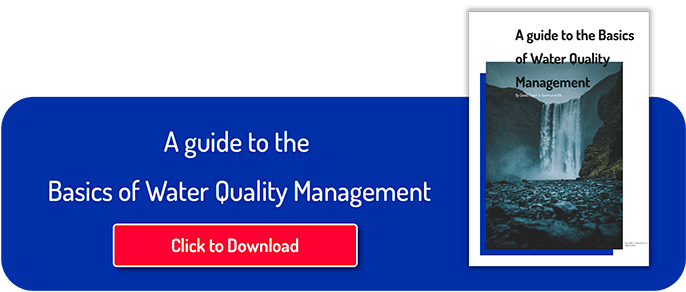
Reliable and relevant data capture ensures a good standpoint to make good operational decisions. In aquaculture, this is often directly translated into stable water quality coming from good water quality management. But how do you know if your facility has good water quality management? The first thing you need is reliable data. A lack of information or not having quality information can develop into great issues in your fish farming facility. If data is of subpar quality or sampled in a non-representative way, it could lead to false assumptions and make you take actions that can have a different impact than intended. Also, if you are unaware of the changes to the conditions and water quality, you are unable to mitigate them, which is why having data available is so important.
What are the worst consequences of a lack of data?
However, the lack of quality data can influence the fish farm’s performance both financially, as well as damage its reputation. Serious incidents at a farm always comes with bad publicity and even transcends the farm itself. So, lack of data is almost always negative since the operators are “flying blind”, which can lead to poor performance and even fish fatalities.
For instance, if the conditions and water quality become unstable, the fish will use energy to compensate for this by adaptation. This can result in reduced growth and can lead to diseases or increased risk of infection, which ultimately can lead to fish death. Worst case scenario, if the unstable water quality is allowed to deteriorate further, it can lead to immediate fish death, which means a much higher mortality rate.
Many farms today already have some degree of automation imbedded into their system, such as pH regulation. Newer technologies such as automated feeders or cameras can be used to detect overfeeding as a symptom of an underlying cause that reduces the fish’s appetite. Getting good water quality data can help investigate the underlying causes for reduced appetite and help keep to a healthy feeding regime.
In addition to looking at real-time data, the availability of historic data can be of great importance. It can be a very powerful tool for learning and optimizing your facility by having historic water quality data readily available. Comparing water quality data with fish performance data, feeding, handling, and various events on a farm gives tremendous amount of insight that often goes unnoticed.
But is more data always better?
In the modern world it easy to demand data on everything. This can lead to farm getting overwhelmed with massive amounts of data without structure or competencies to interpret it. Setting up a reasonable measuring, logging and interpretation regime is therefore very important. Getting support from experienced personnel with knowledge in both handling big data, water quality, biology and data analysis can be a good investment.
There are however downsides to this age of data as well. It requires a lot of manpower to maintain databases, either digitally in data warehouses or lakes, or physically in paper formats. So many mistakenly just gather data on everything without any use for the data, or intent to use it.
One of the first steps in a farms data journey is to get their already existing data organized. Many farms still rely on physical hard copies of laboratory data, fish weights and feed amounts. Some farms have records of operational events in addition to their production data, which can provide additional information. Choosing a structure of how to organise the data itself can be quite a challenge and will in many cases be dependent on what the farm wants to achieve and is often associated with governmental enforced needs. In many instances, farms will acquire both structured and unstructured data that needs to be cleaned and stored in an appropriate manner. Cloud solutions can be very useful for sharing data between locations and potentially external partners, especially for larger organisations. Once the data is stored in an appropriate manner, the various programs can be used for visualisation, insight generation, or automation.
To summarise, the lack of data can and eventually will have an impact on the operational cost, due to reduced fish growth and health. Furthermore, the company’s reputation can be affected if subsequent problem keeps occurring, which in worst case can revoke the allowance to operate. All of this to say that getting the correct, high-quality data, from the correct spots will lead the farms and organisations behind them to a greater financial yield, keeping great fish health as well as helping reduce the environmental impact of RAS systems around the world.

